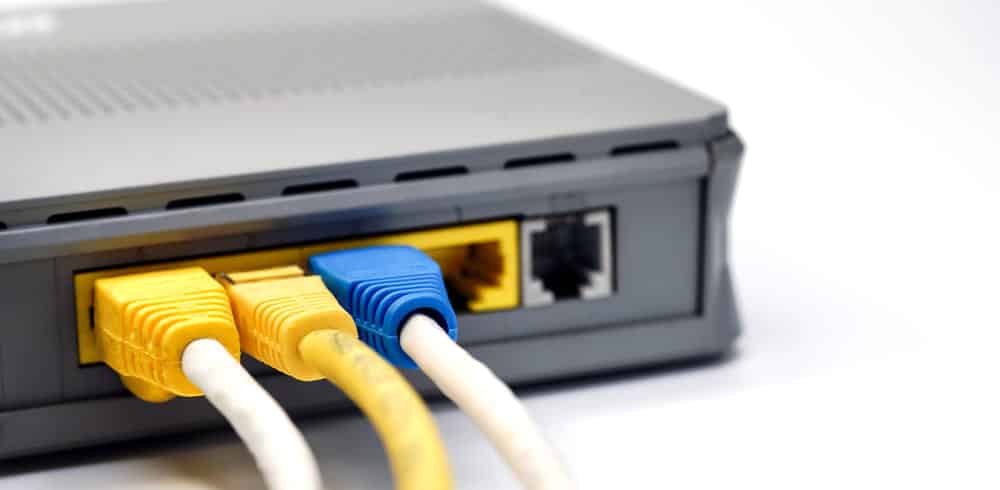
Port Forwarding is the method that allows you to control the data traffic on your network. This way, you can regulate the data traffic on the network by making sure that the data traffic is going through some specific ports and stuff like that. Not only that, but you will also be able to make sure that you can get it done correctly, and you can control the ports that are being used for the downloading and uploading of data.
It all sounds fun and cool, as the port forwarding can be used for hosting local gaming servers and a lot of other cool stuff like that. But to set it up correctly is not an easy task, and you need to have extensive knowledge of networking in order to make it work. It is not that difficult either, and you just need to have the right idea of terminologies.
Port Range and Local Port are the two most important factors that you must know while you are dealing with port forwarding. A few things that you need to know about both of them are:
Port Range vs Local Port
Port Range
Port forwarding is the most commonly used method to ensure that you are getting the traffic and internet data routed through the desired ports on the router or your modem. This is pretty simple, yet the terminologies involved might get it a bit complex for you. Port Range is one such terminology that you should know in detail to make it work.
A port range is basically the number assigned to any port that you are using. It reflects the IP Address associated with that specific port so that you are entering the ports accurately while setting up the port forwarding and are able to get the job done precisely as you want it to be. That is why there is not much room for mistakes, and you will have to ensure that you are not making a single typo, mistake or error while setting up the port range for your port forwarding protocol.
Port Numbers can range from 0 to 65525 in the TCP protocol. It is the abbreviation of Transmission Control Protocol, and it is used to enable two hosts to establish a connection and then exchange streams of data. TCP is most commonly used for the purpose of ensuring that the data packets are being delivered in the precise order as they are being sent.
Only port numbers from 0 to 1023 are reserved for the privilege services, and they are called well-known ports. All the other numbers you can use for the port forwarding application that you might need for like hosting a gaming server or for any other application or software that you might be using to share the data across the platforms.
Local Port
Now, when you are using a specific device such as a computer or a laptop connected via ethernet on some specific network, it must be connected to a port, and the port number is assigned to ensure all the data packets that are meant for your device are transmitted in the right order.
The port number that is assigned to your Local PC or the Laptop will be called the Local Port number. The Local port is not that hard to find, and you can do it pretty easily. You can be certain about a thing that the local port number is between the port range that you have set on the port forwarding to be used for the process, so there is not much that you will have to worry about.
To find the local port number, you will have to type CMD in the search box, and it will open the command prompt for you. You can enter the command “netstat -a,” and press enter there. This is going to show you the local port that you are using in case you forget what port you have set, or you might want to change it on the port forwarding medium. Make sure that you can use the local port number only between the specified range that you have set for the port range, and nothing outside that range will work for any PCs connected on the network.